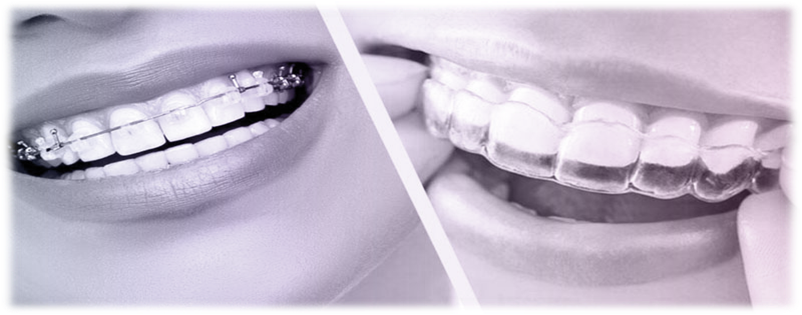|
|
What is Orthodontic Treatment?Orthodontic Treatment is a special branch of dentistry, it is the part that deals with the diagnosis, protection and treatment of irregularities in the teeth, jaw and face. Irregular or “bad” bite called malocclusion can be corrected with orthodontic treatment. Snap-On Appliances (Pad Holder)The palate holders, called “appliances”, which the patient can put on and take off, are used to remove stenosis of the jaw and crooked teeth. Different types of palate pads made according to the needs of the patient, which are used while sleeping and at certain times of the day, can be easily put on and removed after the acclimatization period. While using the removable palate, teeth and appliances should be brushed after each meal. You can eat after putting your palate holders in the hygienic container given by your doctor, and then put them back on. Transparent PlaqueTransparent plaque treatment is actually a personalized orthodontic treatment. This method straightens the teeth without braces. First of all, a precise measurement is taken from the person, scanned in a laser scanner and uploaded to the computer. The smoothness of the teeth is simulated by analysis on the computer. A series of special plates are prepared according to this simulation. Orthognathic Surgery, (Jaw surgery)By orthognathic surgery, orthodontist and plastic surgeon It is a treatment technique that is planned and applied, and changes can be achieved in the jaw tip – lower jaw – upper jaw or all of them. After a detailed examination and planning process, braces are attached. After treatment with braces for a period ranging from 6 months to 1 year, necessary surgeries are performed under general anesthesia, and after the treatment with braces is continued for about 6 months to 1 year, the braces are removed and the treatment is terminated. With orthognathic surgical treatment, certain changes are often obtained in the external appearance (front and profile of the face). Advantages of orthodontic treatment– Correcting the inclination and alignment of the teeth and obtaining an ideal smile, – Increasing the visibility of teeth, which is of great importance in providing smile aesthetics, – Retraction of the tooth row in the extreme forward position (pronged), – In cases where there is a gap-gap in the front teeth, these gaps can be closed by sliding the teeth, – Elimination of bad breath caused by dental calculus or bacterial accumulation due to crowding in the teeth, Long-term preservation of dental and gingival health, – The individual; being able to use their own natural teeth instead of applications such as veneers, laminates, – Being the only alternative in cases where implant, veneer or prosthesis cannot be made due to the closure of the lower and upper teeth or other reasons, – In appropriate cases, the teeth that are above the palate or the row of teeth are replaced without pulling, Elimination of functional problems such as inability to bite with the anterior teeth or chew with the posterior teeth due to occlusion disorders, – Avoiding cheek-lip biting or trauma to other teeth due to incorrectly positioned teeth, – Prevention of wear or breakage in the end-to-end closure of the anterior, lower and upper teeth, – Providing facial aesthetics by applying it together with jaw surgeries (orthognathic surgery), – Where appropriate; Ensuring that the unerupted teeth, which are buried in the upper or lower jaw, are maintained and take their place in the tooth sequence. |










